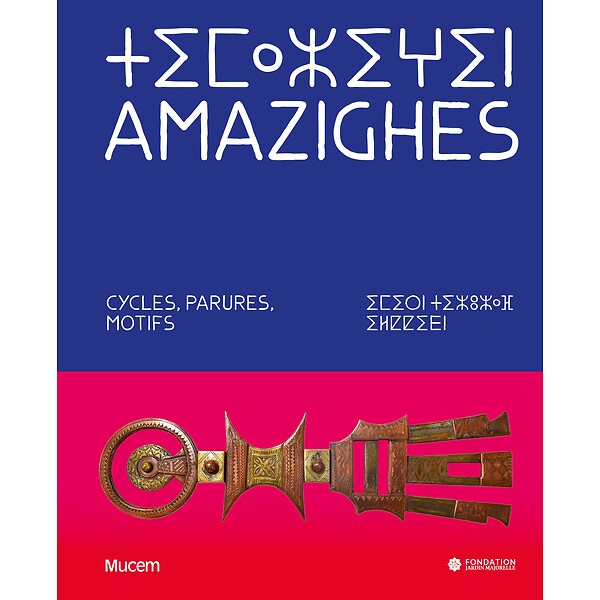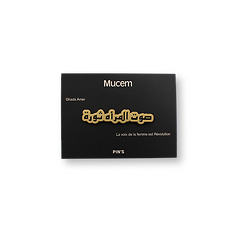Description
In the Amazigh world, every act of adornment - whether adorning a body, a garment or a house - reflects a concern for belonging, protection and a link to the cycle of life. These gestures are never trivial: they embody a collective memory, a symbolic or magical filter that links the body, the home and the community. These gestures are never insignificant: they embody a collective memory, a symbolic or magical filter that connects the body, the home and the community. Since the earliest myths, the matrix from which the birth of Amazigh culture is conceived has been feminine. Tattoos, jewellery, ceramics and textiles are all part of the same grammar of forms and signs. Aesthetic, therapeutic or apotropaic, these motifs also play a role as social and gendered markers.
This book explores these protective circles, these visible or invisible thresholds, through the objects, surfaces and stories in which they take shape. It highlights the skills that are often practised by women - from weaving to gestures linked to the lunar cycles - while paying tribute to male craftsmen, such as goldsmiths. Informed by research and contemporary perspectives, it examines the notion of 'Berber permanence', the dynamics of transmission in the Amazigh diaspora and the cultural appropriations to which this heritage is sometimes subjected today.
Product information
- Publication Year
- 2025
- Technical specification
Edited by : Salima Naji and Alexis Sornin
With contributions from Meriem Berrada, Marc Breviglieri, Marie-Charlotte Calafat, David Goeury, Mohamed Mouskite, Myriem Naji, Salima Naji, Ahmed Skounti and Alexis Sornin.
Published by Mucem / Fondation Jardin Majorelle
Paperback
- Dimensions
- 17 cm x 21 cm
- Number of Pages
- 160
- EAN
- 9791092708288



